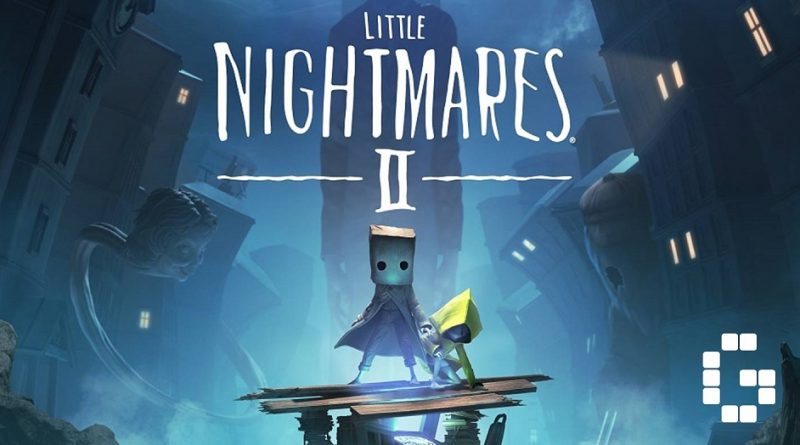Little Nightmares 2 Review – Little nightmares, big emotions
The first thing you notice when playing Little Nightmares 2 is its aesthetics. From the first to the -psychedelic- last part, the game is aesthetically meticulous down to the last detail. The universe of the series is nightmarish, but not with the coldness and “distance” of Inside, let’s say. It is more like a perverted version of a fairy tale than an inhospitable, “dry” reality. Here, one of the real protagonists of the game is unquestionably, the city in which most of it unfolds. This water-drowned, dark state is marked by a bizarre mix of realistic and impressionistic elements.
When you walk through its alleys and houses, it looks like a dilapidated Eastern European city of the 40’s, creepily landing in images and atmosphere. But whenever the camera “opens” its shots a little, a distorted, almost Burton-texture aesthetic imposing urban landscape is revealed, ready to drown you. This mix of realistic and nightmarish grotesque, which also characterizes the characters, creates a very special, paradoxical atmosphere: disgusting, but not completely inhospitable. It looks contradictory on paper, but the game translates it amazingly on the screen. It is this fairytale dimension that exists to be emphatically overturned.
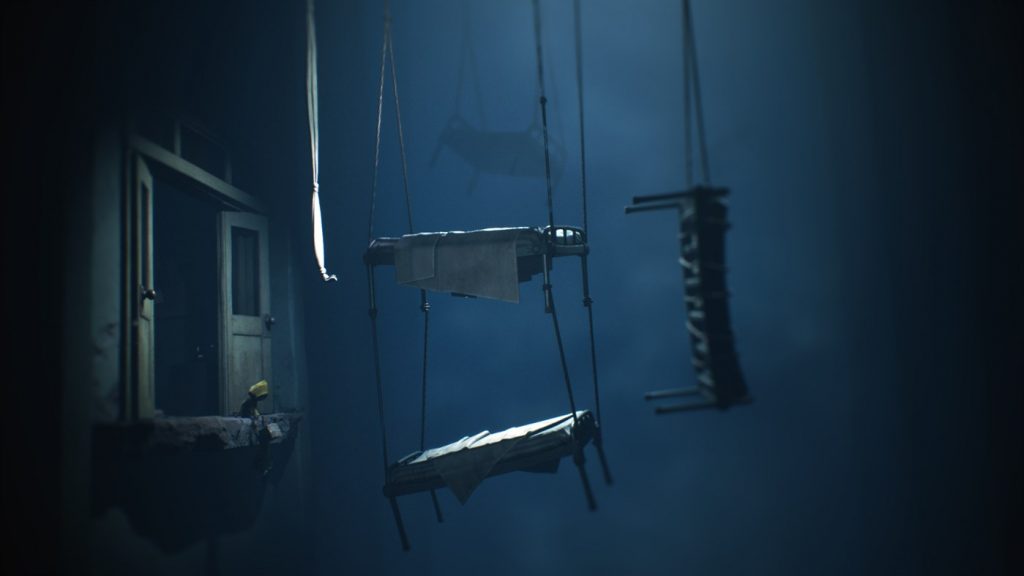
Like the first, it tells an enigmatic story, which leaves plenty of room for the player to read. To me, the series is often reminiscent of an anti-fairy tale where in the end, instead of some didactic meaning and happy ending, it simply refuses to put an end to it, continuing into an imaginary endless nightmare. Thematically it revolves around the child trauma and its irreparable damage and Little Nightmares 2 explores its subject more accurately and effectively than the first, presenting the vicious cycles of abuse, the victim-perpetrator alternations and the representation of the inner horror and the anxieties with “sick” inspiration but also welcome nuggets of sensitivity.
His world is inhabited by disgusting, deformed people who have completely lost the human element. The game often “plays” with images of “fake”, empty people. Shells without content and will. From the scattered clothes without bodies in the streets, the empty porcelain students, the “humans” from artificial limbs, to the pathologically attached to the television. And higher in the hierarchy of this perverted society, distorted auxiliary figures who instead of help here, become symbols of control and oppression: a hunter (we said, nightmare), a teacher, a doctor and on top of all someone I would not like to reveal here. His world, a big childhood nightmare from which you never grow up.
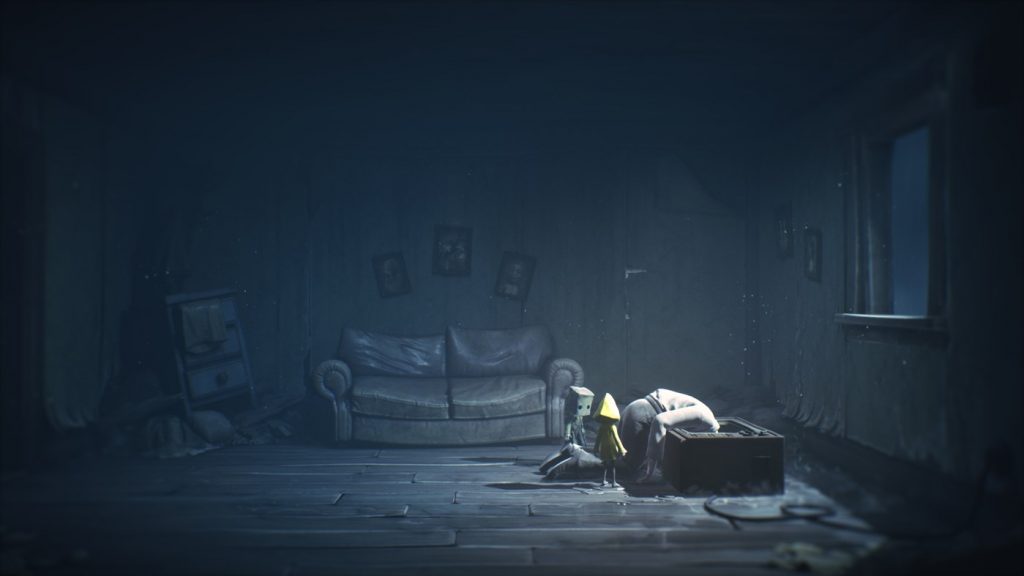
The game has agony, macabre humor, but also moments of genuine emotions, not only in its highlighted “important” scenes, but also where you do not expect it, in small behaviors and interactions. Without them, he simply would not have the same power. It is no exaggeration to say that it often looks like a subversive, dark version of Ico.
As an experience of course, we are talking about a horror game in every sense of the word. If you can not stand the stressful situations, it is better to avoid it. Its great innovation, compared to the first, is the presence of a second character that gives designers the opportunity for puzzles that require collaboration. Fortunately, the second character works well, always doing what you expect. In the approximately 7 hours it took me to finish it, only once did my “friend” get stuck and I had to restart from the last checkpoint.
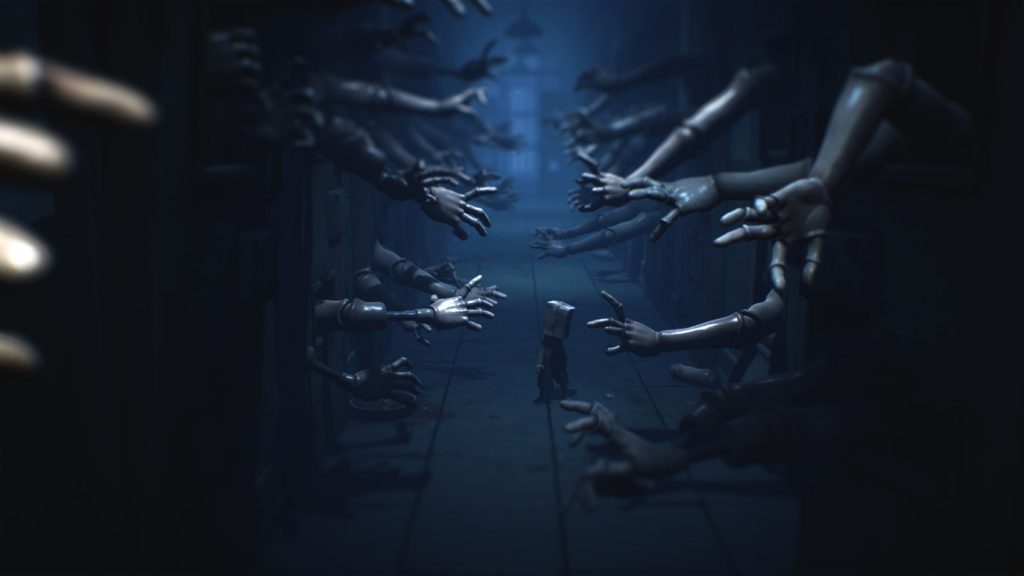
Otherwise those of you who have a picture from the first, know exactly what to expect. The emphasis in gameplay is again on the puzzles, although there are some action elements this time. Do not be discouraged, however, they are used more as a source of stress, rather than relief, as they require some synchronization under pressure. The puzzles all have clear logic, although they are usually not very complex. The most demanding parts of the game have a difficulty in execution and not in thinking. This is perhaps the only shocking downside of the title.
There are times, especially in areas where the lens is used, that can become a little annoying, with plenty of trial and error, until you achieve the ideal execution. Because the game often wants you to feel like you are escaping the “limits”, it requires a relative precision in the movements and does not forgive easily. Slow animation also does not help much in the mood when you are going to do something for the tenth time. However, these signs are rare.
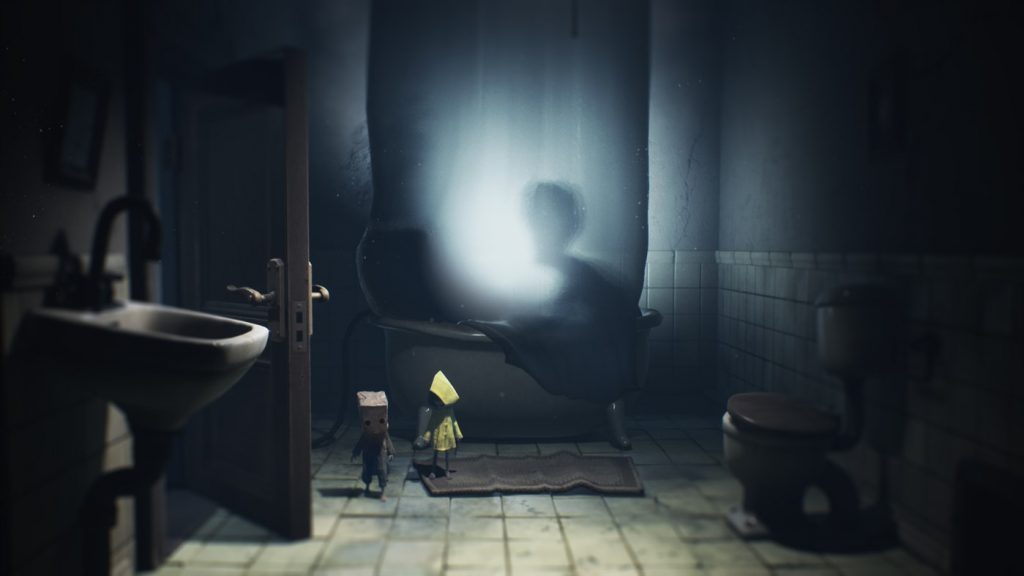
The almost four years of development are evident in the attention with which each scene has been set and how well the elements of each puzzle communicate. Through the composition (colors, lighting, location of objects) the player is guided invisibly by the creators with a naturalness that he does not even notice. His rhythm can become devastatingly stressful at times but I think this “exhaustion” is intentional and part of the experience.
Finally, I would like to dedicate a little space to music which is a key part of the experience, as well as the sound in general. The music is used sparingly and although conventionally, I can not say that it is not aptly placed, knowing when to be silent and adding at intervals this so important sensitivity that we said above, with short, “warm” melodic breaks. These are always welcome, because the rest of the sound landscape is drowned in the dullness and dissonance. Thus, sound is probably the most oppressive and stressful element of the experience. The strangulation that accompanies anything threatening gets news to you, automatically raises the pulses and pierces you like pins. Sound is one of the most important parts of a horror experience and Little Nightmares 2 is well aware of that.
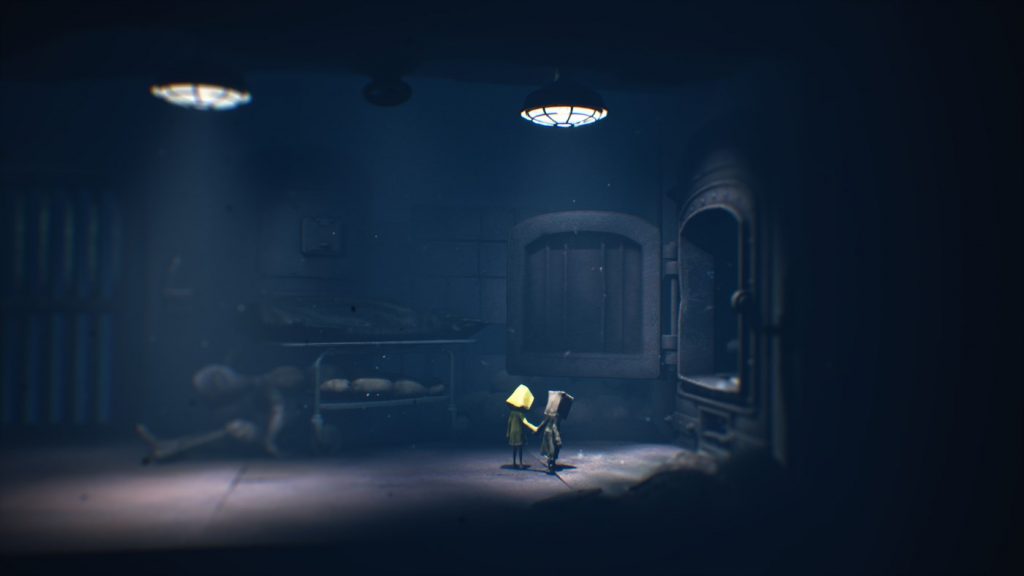
For the record, the version I played is that of the PS4 and technically it was very careful. It is also worth mentioning that in the future there will be a version for the new generation consoles, which the owners of the current version will be able to download for free.
To sum up: Little Nightmares 2 is a worthy continuation of the 2017 title. It does not attempt something radically different, but what it does, it does perfectly. He has an extremely given atmosphere, a “sick” inspiration in his visual part and an even clearer and more interesting articulation in the development of his subject, which I think will provoke endless analyzes and discussions in the coming days. In the gameplay the addition of a second character works perfectly and gives a freshness to the design of the puzzles. In short, another well-groomed, stressful journey to the darkest parts of the child’s soul.
Tested on: PS4
Developer: Tarsier Studios
Publisher: Bandai Namco Entertainment
Distributor: Bandai Namco Entertainment
Available for: PS4, Xbox One, PC, Switch
Release date: 11-02-2021

